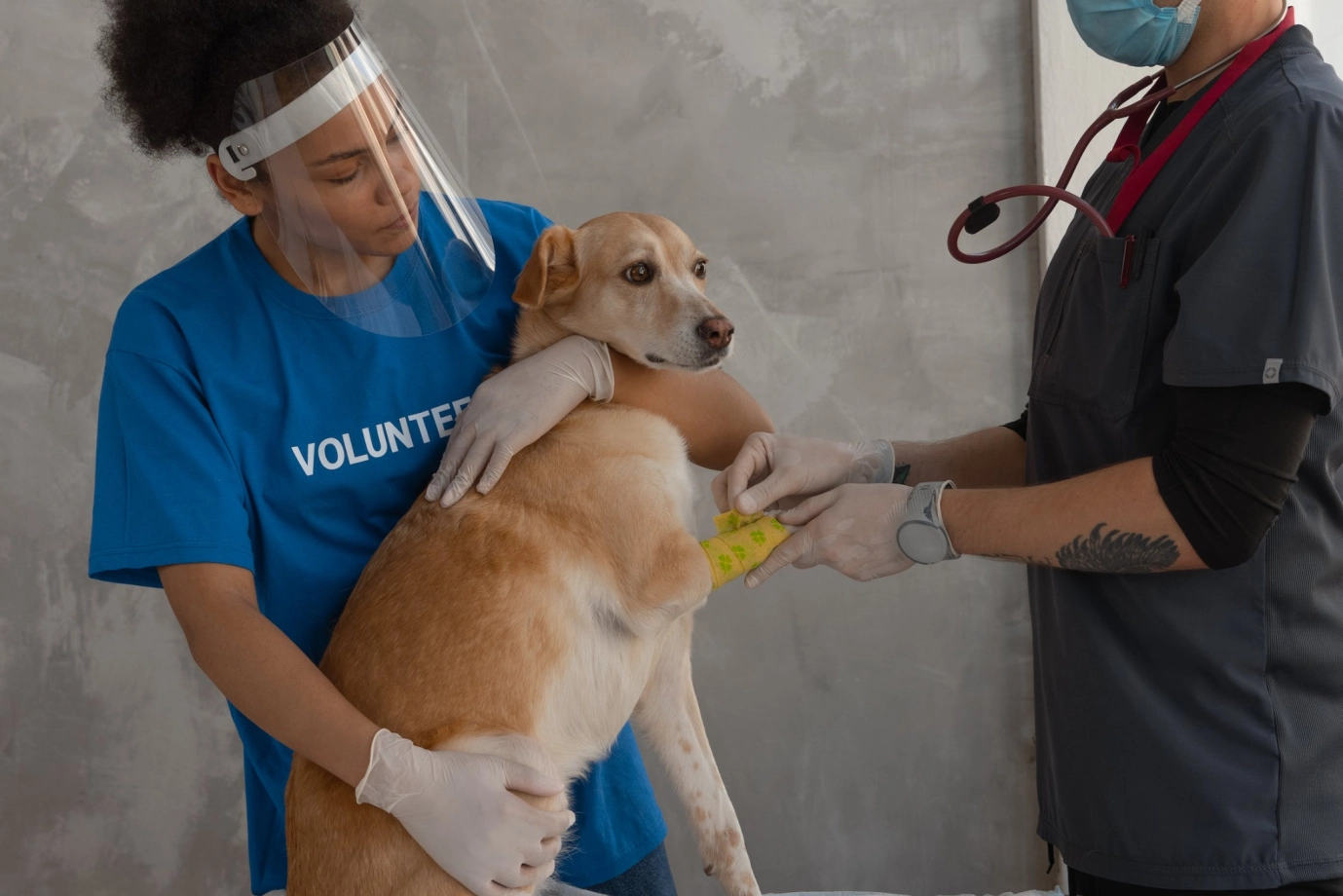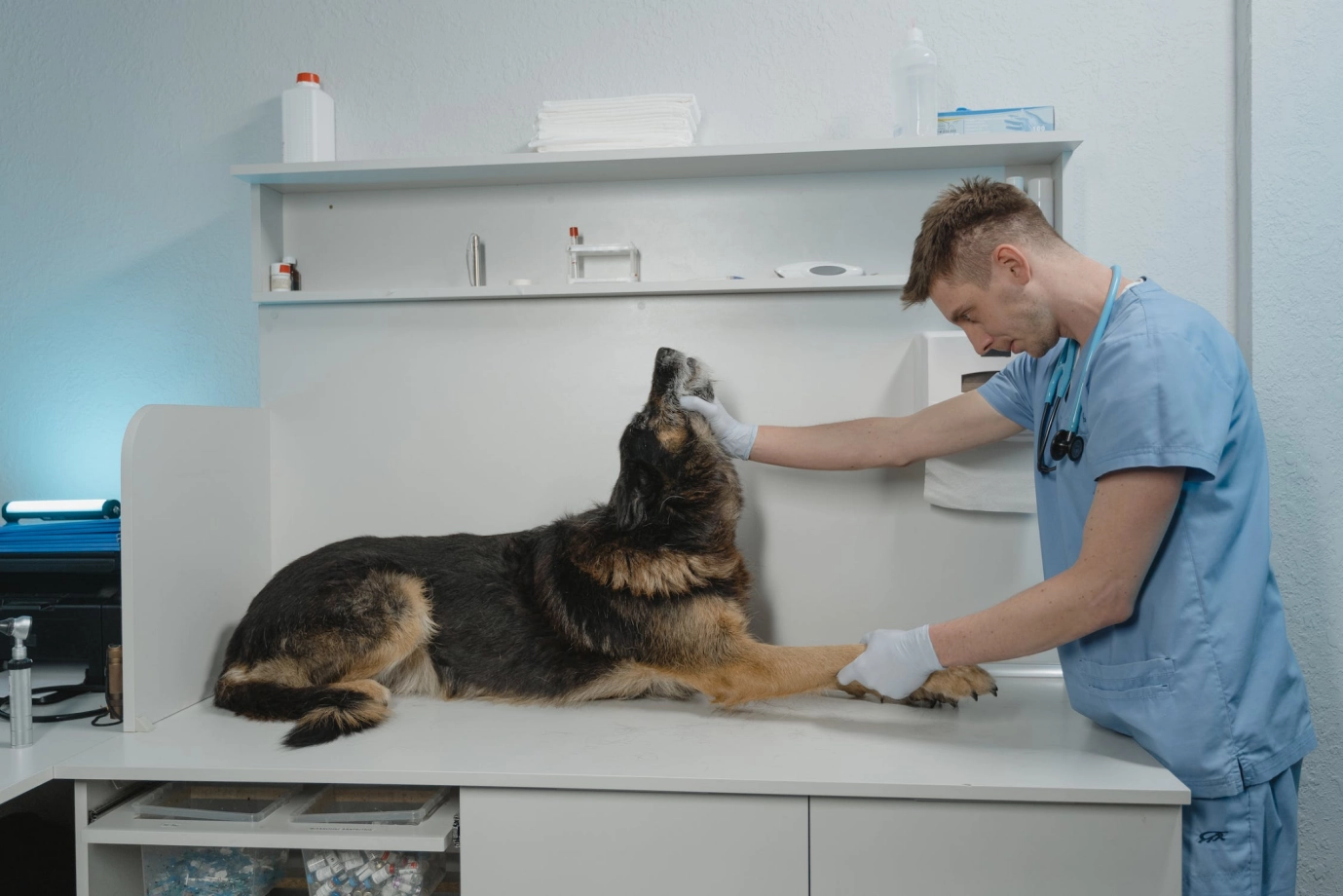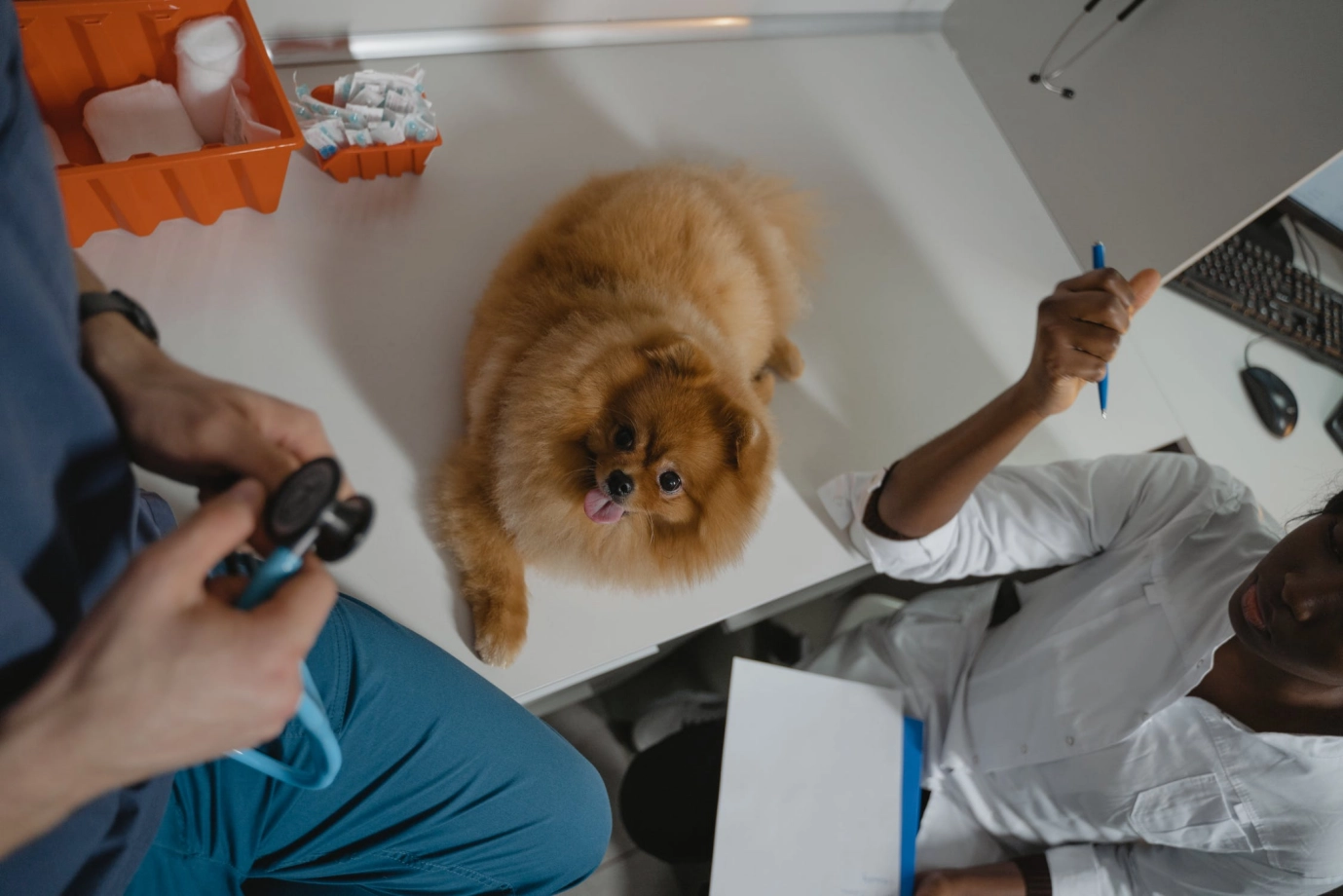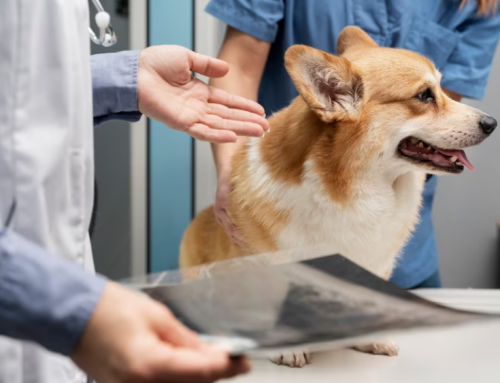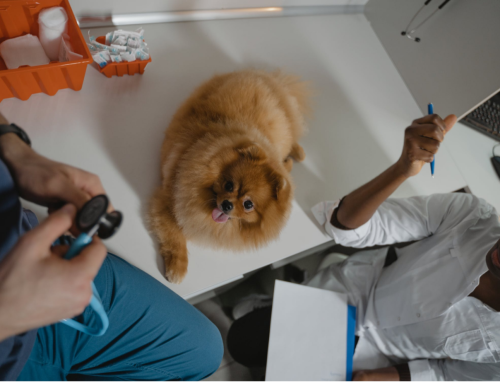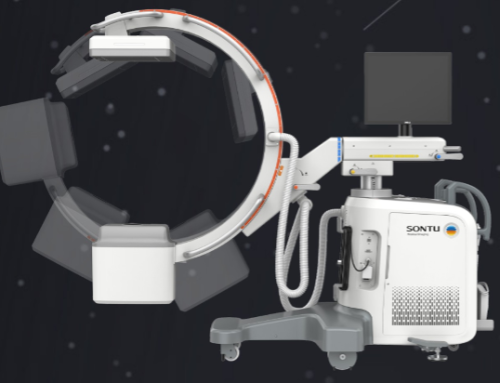A Refresh Of Diagnostic Imaging Techniques In Veterinary Practice
Prior to the 2000s, a darkroom, along with a plastic film and chemicals, had to be used to obtain imaging data in the veterinary practice. This took time and effort, and it also lengthened the diagnostic process. Since 2004, the use of digital radiography devices in the veterinary practice has become very popular, and it continues to rise, becoming a common device that you’ll see in a veterinary clinic today. These devices have several potential applications, and there are important clinical benefits that help to improve treatment.
Overview Of Veterinary DR Systems
A Digital radiography device is a type of medical imaging equipment that uses digital X-ray sensors to produce detailed images of the internal structures of the body. Digital radiography is a non-invasive and painless procedure that is commonly used to diagnose and monitor a variety of medical conditions, such as bone fractures, dental problems, and lung infections.
1. Diagnosis of injuries and illnesses: Digital radiography can help veterinarians diagnose and treat a variety of medical conditions in animals, including broken bones, joint problems, dental issues, and lung infections.
2. Pre-surgical evaluation: Before performing surgery on an animal, a veterinarian may use digital radiography to evaluate the internal structures of the body and plan the surgical approach.
3. Follow-up monitoring: Digital radiography can be used to monitor an animal’s progress during treatment for a medical condition, such as tracking the healing of a broken bone over time.
4. Screening for genetic disorders: In some breeds of animals, there may be a predisposition to certain genetic disorders. Digital radiography can help detect these conditions early and allow for appropriate treatment and management.
Overall, digital radiography is a useful tool for veterinarians in diagnosing and treating a variety of medical conditions in animals, and it has become an essential part of modern veterinary medicine. To cater to varied application scenarios, digital radiography devices are designed in different forms:
- In an animal hospital, you’ll usually see a floor-mounted veterinary DR system. This is a larger device that can usually hold the animal that needs to undergo imaging tests.
- Outside of the animal hospital, more portable veterinary DR options are generally used. This helps to reduce the effort of moving the device.
Clinical Benefits
The use of a veterinary DR can provide numerous clinical benefits:
1. Improved Image Quality: Digital x-ray systems provide high-quality, detailed images that are much clearer and more precise than traditional film-based radiography. This enables veterinarians to better visualize and diagnose various conditions.
2. Reduced Radiation Exposure: Digital x-ray technology requires significantly less radiation exposure than traditional film-based radiography, which is important for both animal and human safety. This makes it an ideal option for repeated imaging of animals over time.
3. Faster Results: Digital x-ray technology provides immediate results, allowing veterinarians to quickly diagnose and treat animals. This is especially important in emergency situations where time is critical.
4. Increased Efficiency: Digital x-ray systems are more efficient than traditional film-based radiography. They can be used to quickly and easily store, retrieve, and transfer images, making it easier for veterinarians to share information with colleagues and specialists.
The Painpoint in Veterinary DR Imaging
Imaging for animals can be more difficult than imaging for humans due to two main reasons.
Firstly, animals have a greater variety of sizes and shapes compared to humans. This makes it challenging for veterinarians to determine the appropriate exposure dose required for the imaging procedure. The exposure dose needs to be adjusted depending on the size and shape of the animal to ensure that the images obtained are clear and accurate.
Secondly, animals are often uncooperative during imaging procedures. Unlike humans, animals cannot understand the purpose of the imaging procedure and may become anxious or frightened. This can lead to movement during the imaging process, resulting in blurry or distorted images that are of limited diagnostic value. Veterinarians may need to use sedation or anesthesia to calm the animal during the imaging process, which can add to the complexity of the procedure.
What We Can Offer
SONTU provides a solution to the previously mentioned problem through various features of its SONTU100-Cupid veterinary DR system.
Firstly, SONTU100-Cupid allows veterinarians easily set exposure parameters accor ding to recommendations, which ensures that animals are exposed to the right amount of radiation, minimizing any potential harm while obtain high-quality images.
Secondly, The bed has two buckles attached to it, allowing veterinarians to tie animals securely to the bed during exposure. This ensures that the animal stays in place and minimizes the risk of movement, which could compromise the quality of the image. Moreover, the exposure foot switch allows veterinarians to use both hands to position the animal during exposure, which is especially useful when dealing with larger animals.
Thirdly, SONTU100-Cupid also features a large touch screen heads-up display, which makes it easy for veterinarians to review images and adjust exposure parameters quickly. This means that veterinarians can make adjustments on the spot if they find the initial exposure undesirable.
Along with these benefits, the SONTU100-Cupid also is equipped with premium configurations and offers advanced features like panoramic stitching and measurement tools. If you would like to learn more, please don’t hesitate to contact us.
Conclusion
SONTU Medical Imaging has over a decade of experience in the development and distribution of digital imaging devices. This includes solutions that are appropriate for a veterinary practice, which speeds up the process of imaging tests and diagnostics and ensures treatment is implemented at earlier stages. The use of quality components ensures the systems from SONTU are strong, durable, and reliable. Contact us to find out more about our solutions for your veterinary practice.

